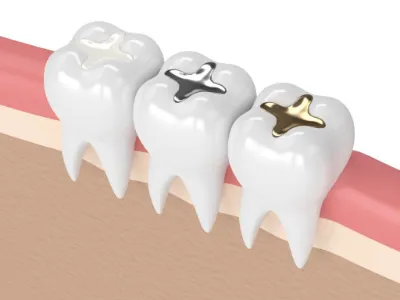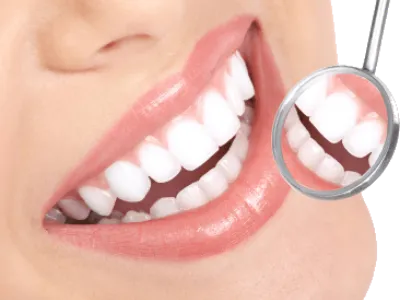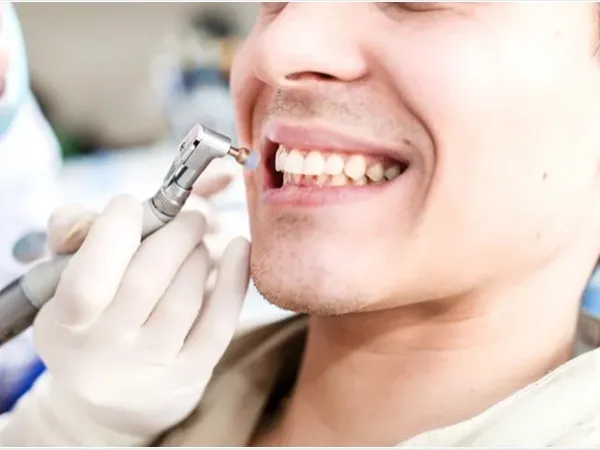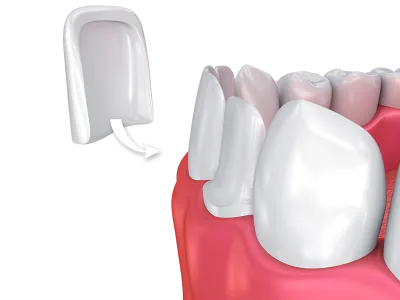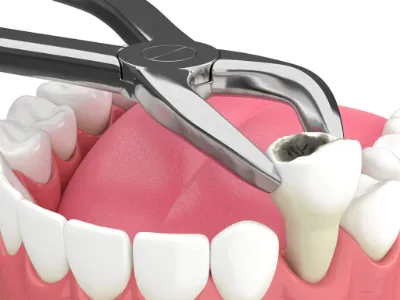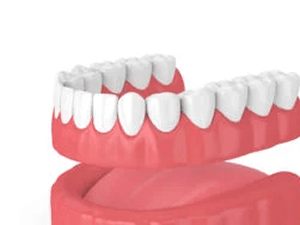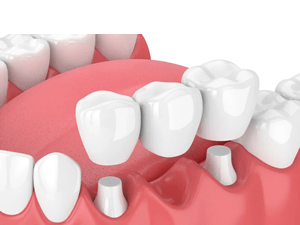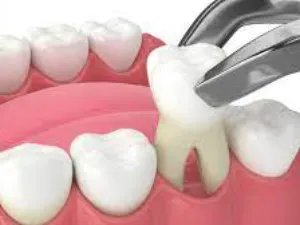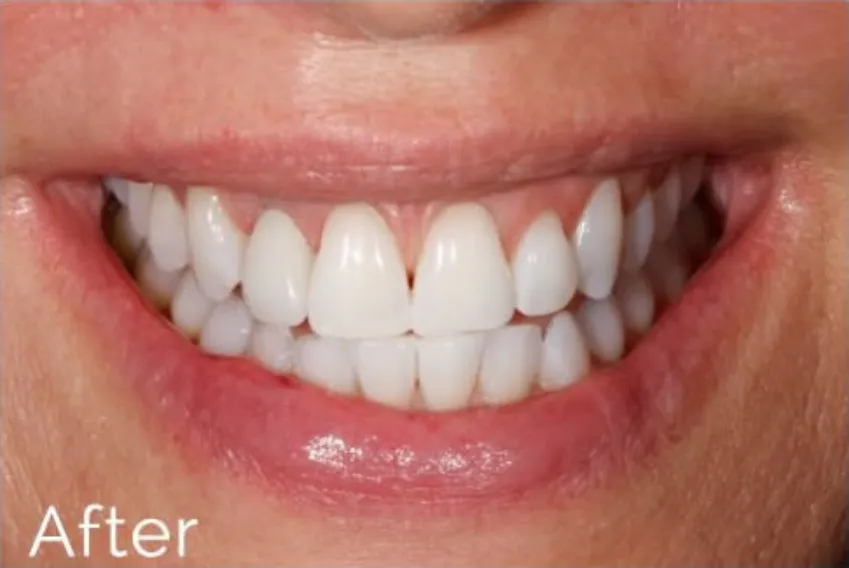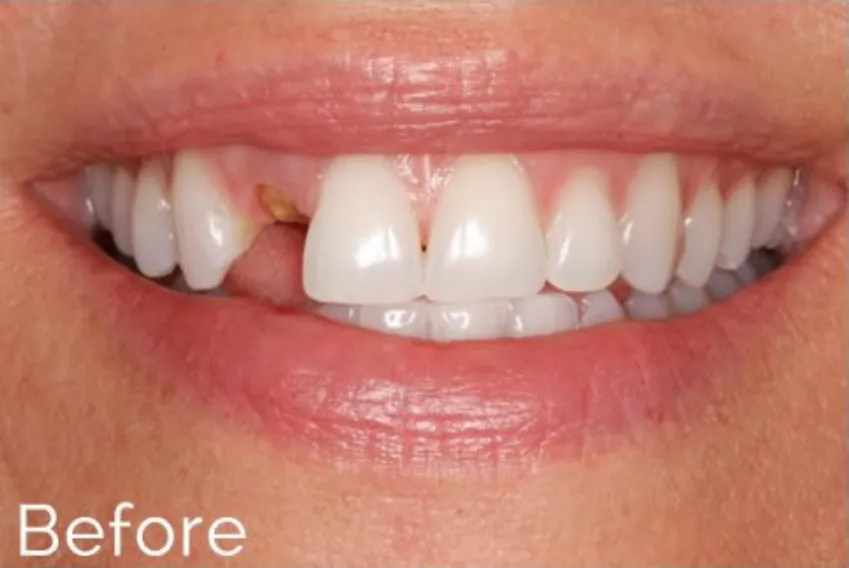Services
Best Dental Services in Sharjah
KNOWLEDGE BASE
Know About Dental Implant
Structure Of Dental Implant
The body of a dental implant consists of three pieces that serve different functions:
- The implant is a titanium screw that serves as the tooth's artificial root.
- The abutment is the connecting post between the implant screw and crown.
- The crown is the 'fake' tooth that rests on top of the abutment. They match the shape and look of your natural teeth.
Dental Implant Techniques & Materials
Dental implants come in two different forms, including:
- Endosteal Implant
An endosteal implant (root form implant) is the most commonly used today. It is made with titanium, small screws, and alloplastic material, which refers to an artificial tissue graft.
Endosteal implants are surgically inserted into the jawbone. Over time, the implants bond with the natural bone. - Subperiosteal Implant
Subperiosteal implants are extremely rare. However, they are a better option for people with insufficient natural jawbones to support endosteal implants.
A subperiosteal implant is placed under the gums (on or above the jawbone). It is not surgically inserted into the jawbone.
Frequently Asked Questions
Twenty years ago, these patients would have had no alternative but to employ a fixed bridge or removable denture to restore their ability to eat, speak clearly and smile. Fixed bridges and removable dentures, however, are not the perfect solution and often bring with them a number of other problems. Removable dentures may slip or cause embarrassing clicking sounds while eating or speaking. Of even greater concern, fixed bridges often affect adjacent healthy teeth, and removable dentures may lead to bone loss in the area where the tooth or teeth are missing. Recurrent decay, periodontal (gum) disease and other factors often doom fixed bridgework to early failure. For these reasons, fixed bridges and removable dentures usually need to be replaced every seven to 15 years.
- Single Tooth Implant
A single dental implant is ideal when one tooth is missing, and you want to replace it for aesthetics, comfort, and function. It requires one dental crown that connects to the implant screw. - Implant-Supported Bridge
Implant-supported bridges are ideal for people with several missing teeth. The implant acts as an anchor for the bridge (instead of a natural tooth).
A fixed dental bridge restores function by preventing other teeth from moving. It also improves eating and speaking functions. - All-on-4 Dental Implants
All-on-4 implants are recommended when a patient is looking for a secure solution for many missing teeth. This solution restores your entire upper or lower jaw (or both arches).
This is a permanent restoration. However, the overdenture can be removed for cleaning and dental exams. - 3-on-6 Dental Implants
An alternative to an implant-retained denture is a 3-on-6 implant. It consists of three individual dental bridges attached to six dental implants.
- 1. Remove the Tooth
If the damaged tooth is still in your mouth, the dentist will extract it. This step is not necessary if your tooth is already missing. - 2. Grafting and Jawbone Preparation
Patients who undergo implant surgery may have thin or soft jawbones. In this case, bone grafting will be necessary.
It improves the quantity of bone and ensures the procedure doesn’t fail. The healing process for bone grafts takes a few months before a dental implant can be placed. - 3. Implant Placement
During the actual procedure, the oral surgeon exposes the bone by cutting the gums.
An oral surgeon or periodontist drills holes into the bone. Then they position the implant (a post) deep into the bone, which functions as the tooth’s root.
If a front tooth is being restored, the dentist will fill the space with a temporary removable solution while the implant heals below the gums. If it is a back tooth, they will not place anything over it. - 4. Healing and Growth
Osseointegration begins after the metal implant is placed in your jawbone. This is when the supporting bone begins to bond with the implant.
This process can take several months to complete and ensures the base is sturdy enough to support an artificial tooth (dental crown). - 5. Abutment Placement (Crown Preparation)
After the healing process is complete, your dentist will place an abutment on top of the implant post.
The abutment extends the implant above the soft tissue (gums). This step allows for easy placement of the dental crown. - 6. Crown Placement (Artificial Tooth)
Once the implant grows into the bone and is strong enough to support chewing, your dentist will make new impressions of your mouth.
A dental technician will create a custom dental crown in a lab. The dental crown looks similar to your natural teeth and sits on the abutment (connector). It becomes the only visible part of the implant. - 7. Aftercare
Pain medications and antibiotics are usually prescribed post-op. It is important to only eat soft foods and practice excellent oral care habits during the healing process.
Restrict the intake of alcohol, caffeine, and tobacco to see the best results. Regular check-ups are necessary during the first few months after the procedure. You should also keep up with regular dental exams post-surgery.
Dental implants and bridges can both potentially deliver natural-looking results, but they come with their own benefits and drawbacks. Here’s a look at how these two tooth replacement options compare.
Dental bridge pros
- likely to be covered by insurance
- doesn’t require bone grafting or invasive surgery
- usually lower upfront cost than dental implants
- usually requires only two visits to your dentist spread over a couple of weeks
Dental bridge cons
- has to be replaced about every 5 to 7 years (although can last more than 10 years)
- loses a natural-looking appearance with age
- more cavities and tooth decay in surrounding teeth than with implants
- can damage the healthy teeth around the missing tooth
Dental implant pros
- can last 15 years or more and are the longest lasting option on the market
- retain natural-looking appearance longer than bridges
- don’t damage the healthy teeth around the implant
- very high 10-year success rate, around 97 percent
Dental implant cons
- less likely to be covered by insurance
- process can take up to 6 months
- higher upfront cost
- may lead to surgical complications
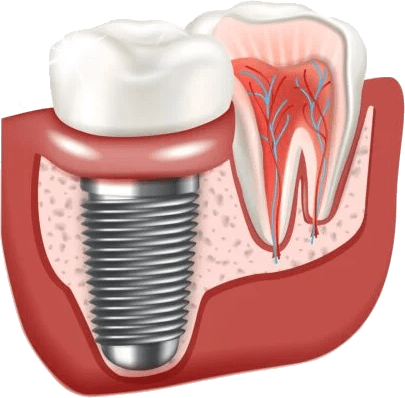

KNOW ABOUT
Meet our Team
Pain Management Filling Simple & Complex, Root Canal Treatment (RCT), Crown & Bridge, Teeth Whitening Dentures (Full & Partial), Inlays, Onlays, Post & Core, Dental Jewelry, All Other Dental Procedures
Pain Management, Filling Simple & Complex, Root Canal Treatment (RCT), Crown & Bridge, Teeth Whitening, Dentures (Full & Partial), Inlays, Onlays, Post & Core, Dental Jewelry, All Other Dental Procedures
Treating: Chest Infections COPD, Asthma, GIT infections, Dirrhoea, OGastroenteritis, Hepatitis, Typhoid, IBS, IBD, GERD, Hypertension, Diabetes, Skin Infections, Orthopedics, STDs, Male Gender Related Problems, Male Hormone Related Problems, Acute & chronic pain managament, Kidney & Urinary, Tract Related Diseases
Medical History & Symptoms. Administer Medication & Treatment.
IMPORTANCE
Benefits of Dental Implants
- Allows you to chew and speak normally
- Designed to look like your natural teeth, improving your self-esteem
- Reduces stress on your remaining natural teeth by offering independent support
- Preserves bone, reducing the appearance of aging
- Helps prevent loss of jaw height
- Easy to clean and care for
- With proper care, implants can last between 15 and 25 years
TESTIMONIAL
Our Happy Patients
Enquire Now
Request An Appointment
Request A Callback
Get right dental care book with your doctor!
Or Connect on Whatsapp
Whatsapp 050 5029261Al Burj Al Thahbi Medical Center
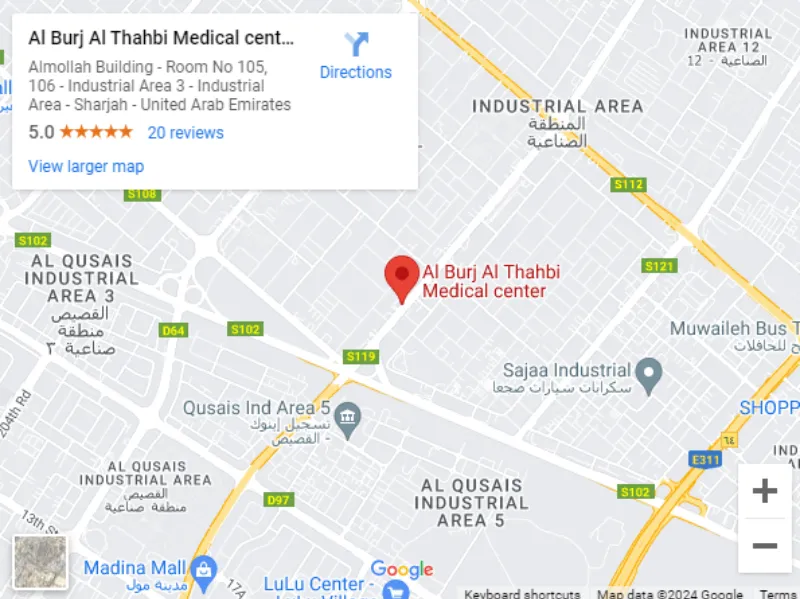
Almollah Building - Room No 105, 106 - Industrial Area 3 - Industrial Area - Sharjah - United Arab Emirates
050 5029261 Google Map
